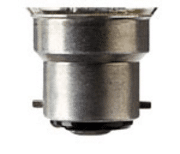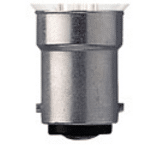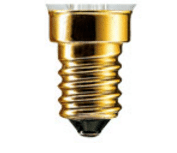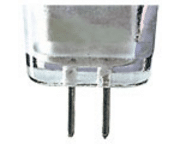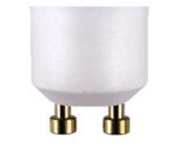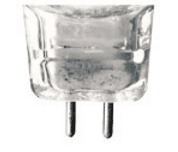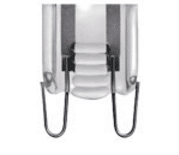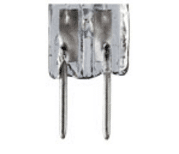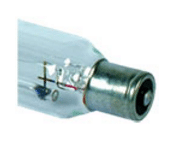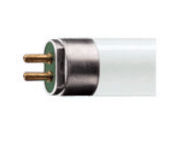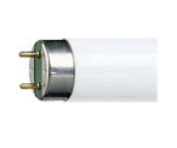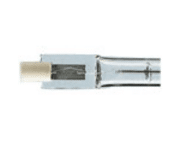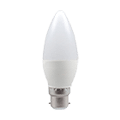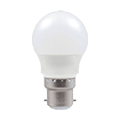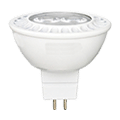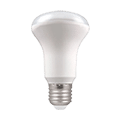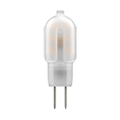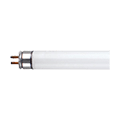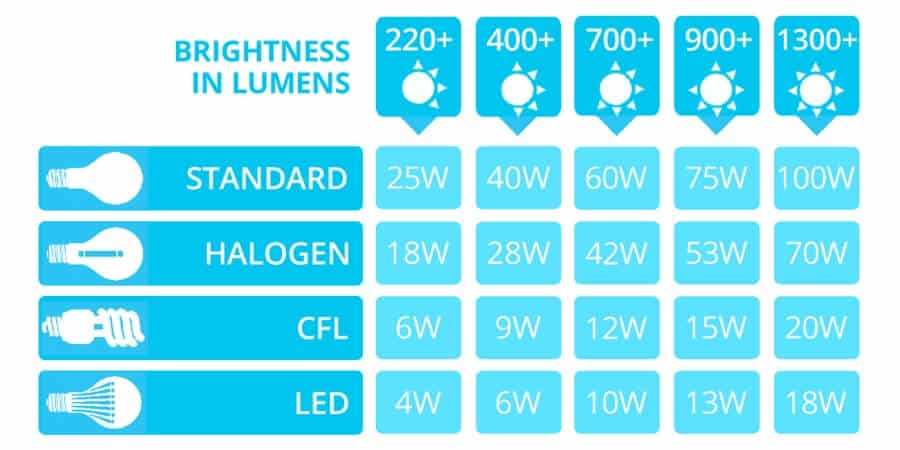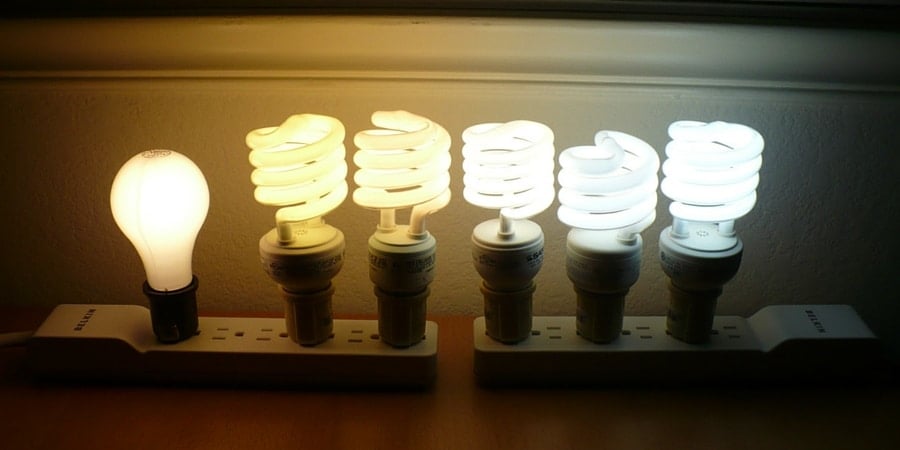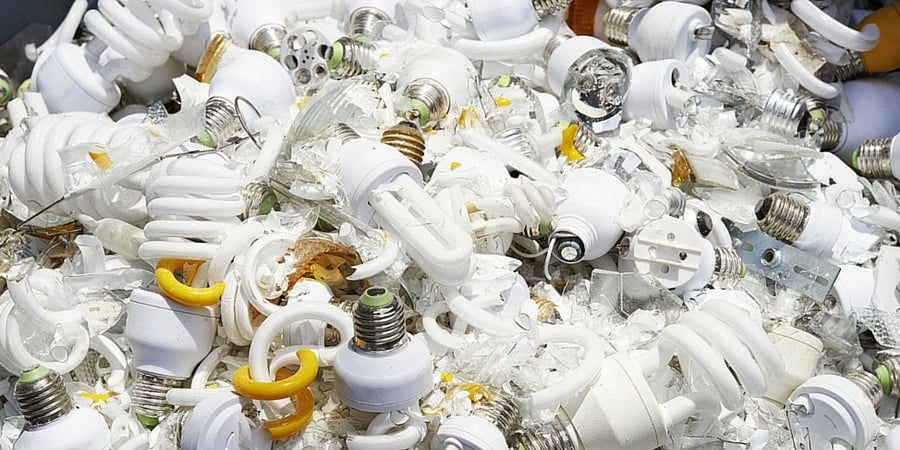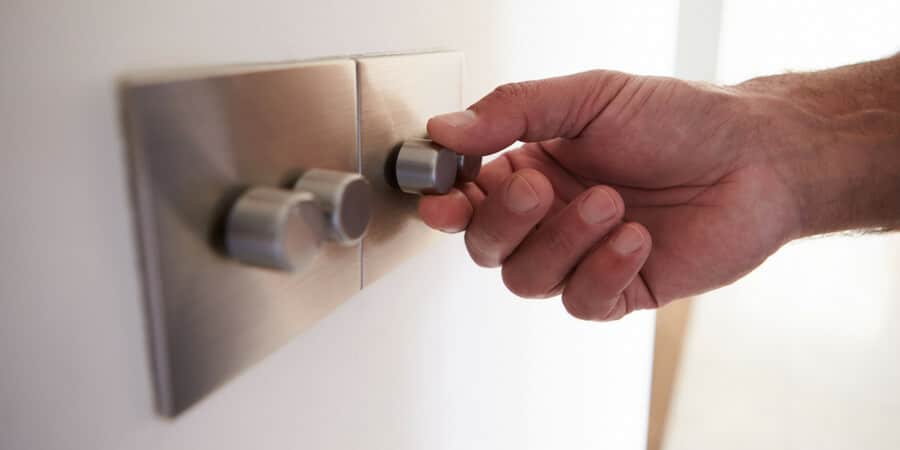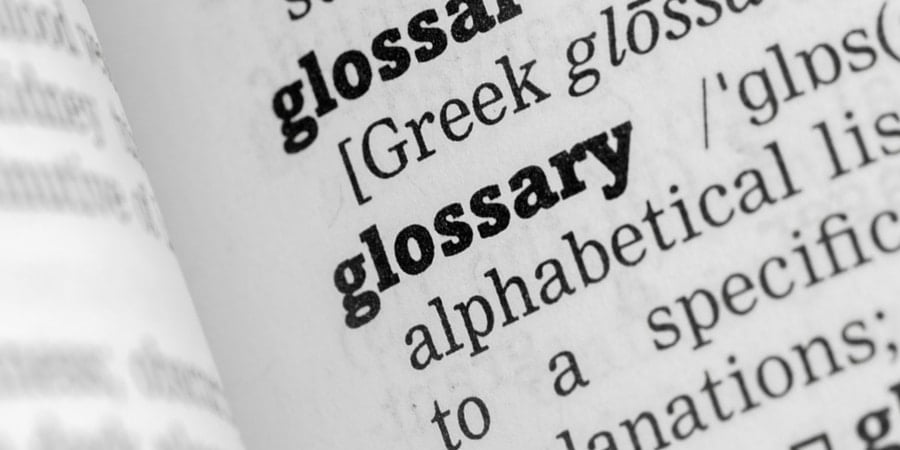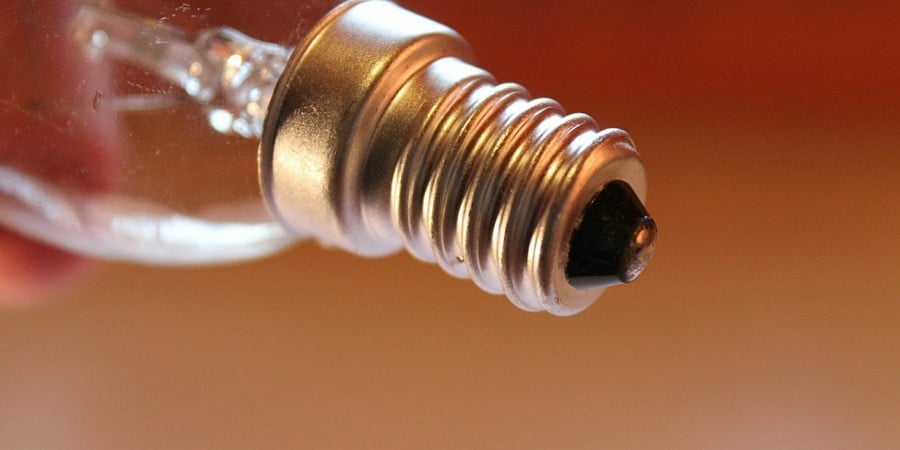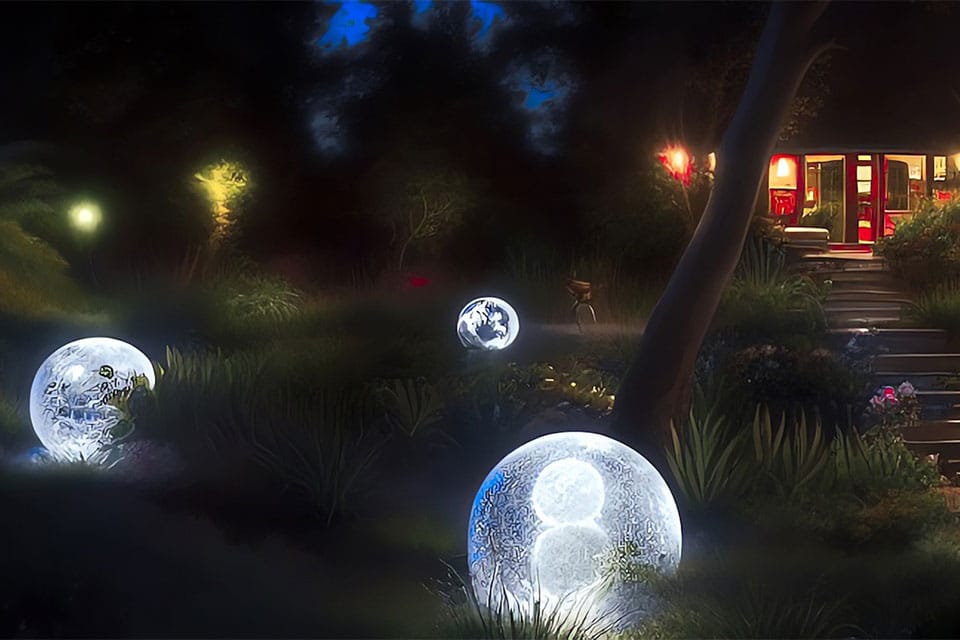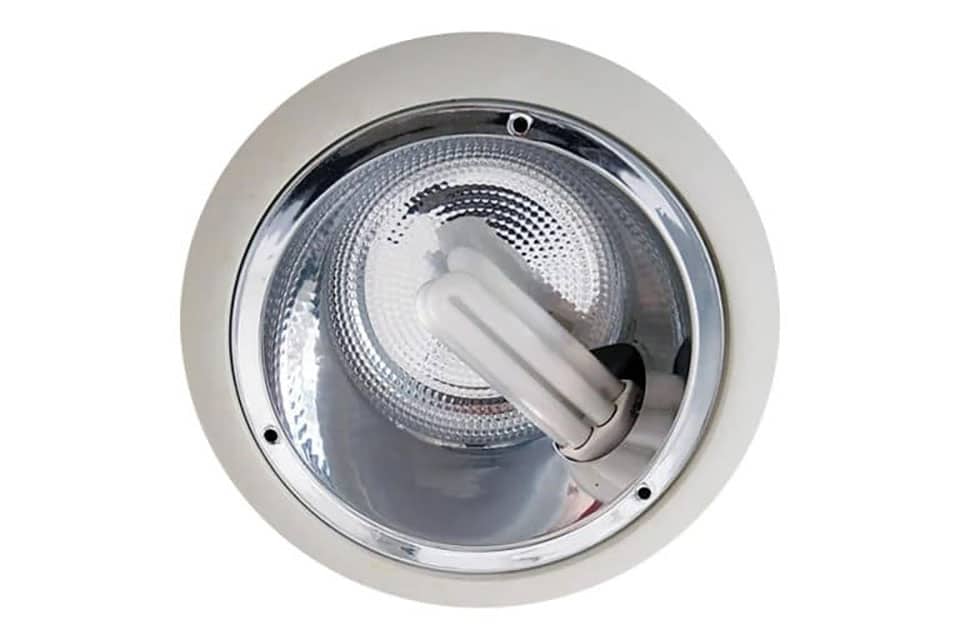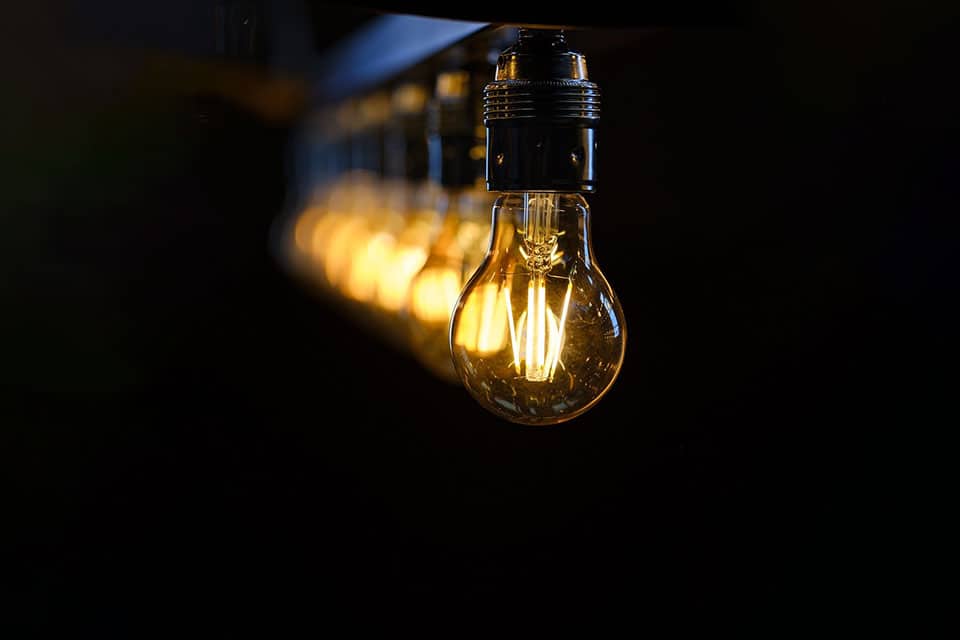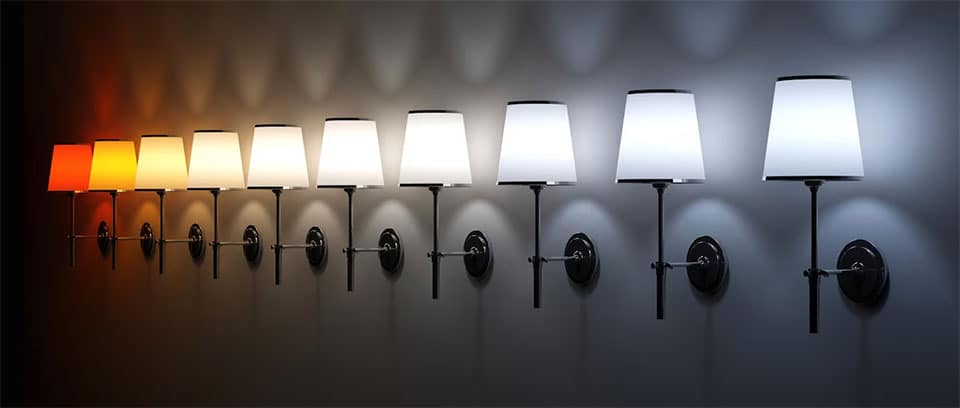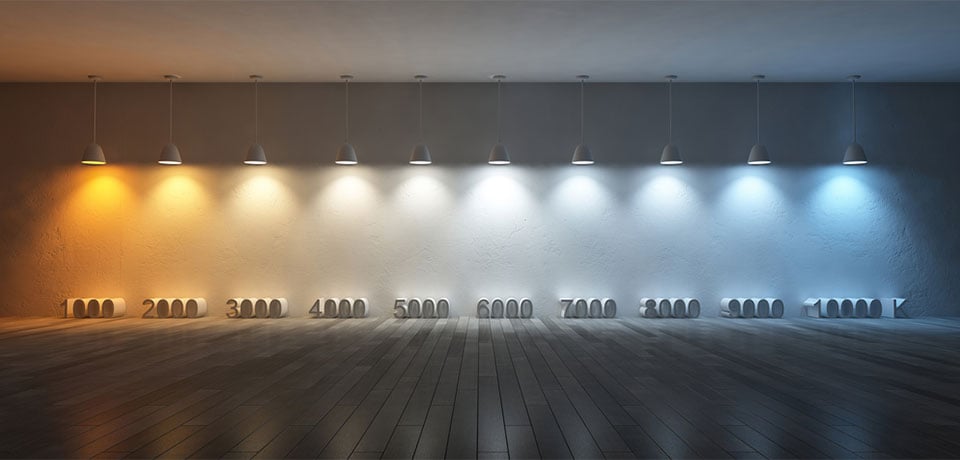People with ADHD and autism are light-sensitive and this is why a suitable lighting design can go a long way. If you are confused about where to start, let this mini-guide walk you through the basics of lighting and its connection to neurodevelopmental disorders.
The world is a colourful place that is seen through different sources of light. In fact, what most people tend to miss is that lights can have a significant impact on our moods and perceptions. The sight of a neon sign can induce a sense of excitement in a person while the same neon sign can be too flashy for another person.
If this is the effect lighting can have on the general population, think about those with special needs. While buying a lamp or a fixture we are more interested in the aesthetics of the product. We are more concerned about whether it will look good in our home or if it will go with the architecture of the space. However, there is more to lighting design than its visual appeal.
The effect of Light Sensitivity on people with Autism and ADHD
Among autistic individuals, 90% to 95% of people suffer from external sensitivities. Predominantly, it is linked to hearing and touch but many people with autism are hypersensitive to light. According to studies, their senses can feel overwhelmed under the presence of bright light which can result in behavioural changes and emotional stress. The flickering of lights or harsh coloured lights can dazzle, cause discomfort and even trigger headaches.
ADHD broadly consists of symptoms such as hyperactivity and the inability to sustain attention. But some of those with ADHD can also be troubled by hypersensitivity to external stimuli which might include sensitivity to light. This kind of sensitivity is often manifested in the form of eye-related complications among ADHD patients. It can be eye pain, myopia, and in extreme cases, migraine or photophobia which is pain or discomfort in the eyes due to sensitivity to bright light.
A big NO to fluorescent lights
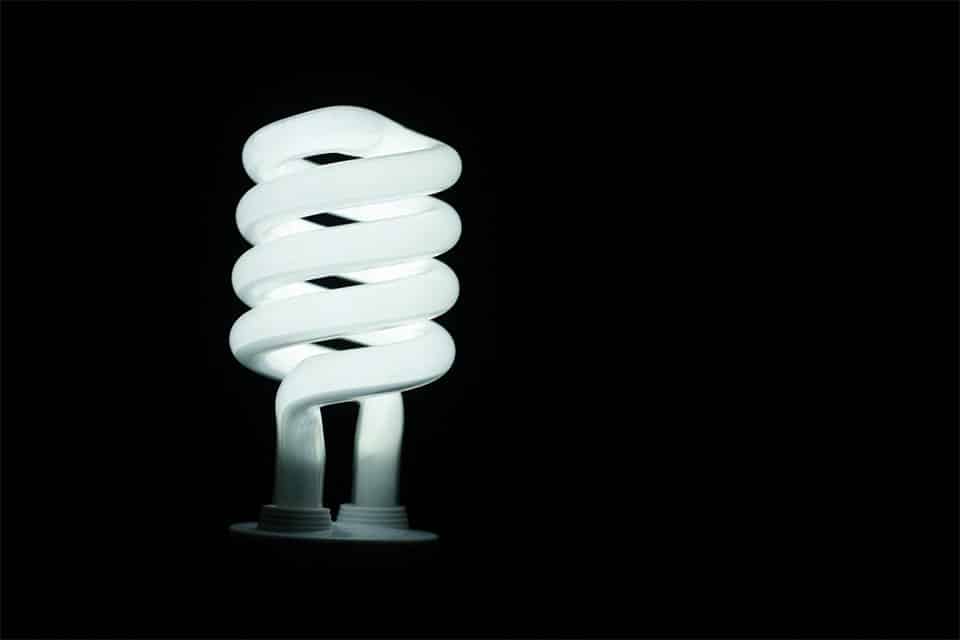
Fluorescent lights are disturbing for people with light sensitivity so you can start with eliminating them in order to ease people with Autism and ADHD. They are too bright, have a high concentration of blue light and they flicker which can be a trigger for a lot of people. Several people with ADHD have claimed fluorescent lights have made them feel hazy or distracted them in classrooms or workplaces.
For those with autism, it can trigger a range of problems from inducing drowsiness to distraction or excessive eyestrain. You can try replacing this harsh light with incandescent lighting. Studies have shown that exposure to incandescent lighting has no effect on the frequency of stereotypical behaviours among autistics as opposed to increased frequency when exposed to fluorescent lighting.
You can get fluorescent light filters which are great for blocking blue light and it also makes sure that the light is evenly distributed across space.
Open your windows and let the light in
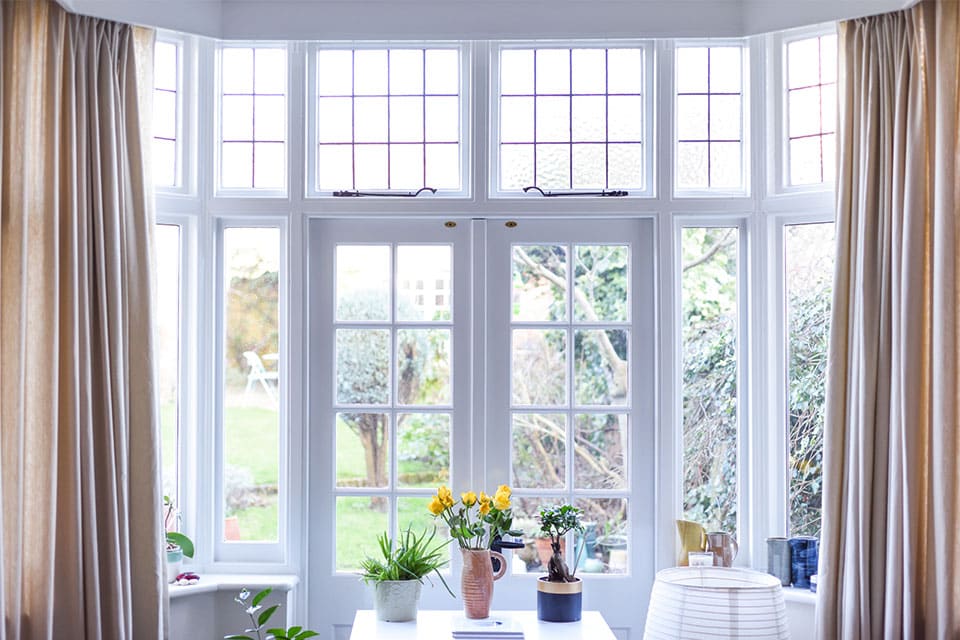
Ideally, natural lighting is great for autistic individuals and has some proven benefits for symptoms. Being close to a natural environment can improve the sleep cycle and help with disruptive behaviour. Although one has to be careful with natural light as too much sunlight can have the opposite effect. If your space does not have natural light, we have some alternative solutions for you.
Opt for Task Lighting
The placement of light is very important. Overhead lighting or ceiling fixtures can be too intense in this case. They can produce glare or reflect against hard surfaces which can be too distracting. This is why table lamps or floor lamps are considered ideal. They are good for concentration and you can also regulate the intensity of task lighting.
Dealing with Glare
If the tiles on your floor are made from reflective surfaces, then it is recommended to cover the floor with a rug. This will eliminate any form of glare or reflection. If the computer is placed close to the window, it can also result in harsh reflection which can cause unnecessary eye strain. This problem can be avoided by suitable positioning of the computer.
Pro-tip
Colours of light can also have a significant impact on moods. Mellow colours like blue can have a soothing effect while yellow can result in irritation. Keep this in mind while setting the lights of an autistic individual.
Empathise
Conditions like ADHD and autism are more prevalent among children. Many children struggle to express themselves because they cannot form coherent links between external stimuli and their emotions and thoughts. Not to mention kids with autism and ADHD have a harder time putting their feelings into words. They might not understand why the flicker from the fluorescent light is overwhelming them. It is important to pay attention to their behaviour and take notice of the environment. Sometimes bad lighting might actually be the culprit and needs to be taken care of as soon as possible.
Takeaway
It is important to create a dynamic lighting design. This is only possible when the personal preferences of an individual are taken into consideration. Offer multiple light sources, give them the option to dim the lights, and keep sunglasses handy if fluorescent lighting cannot be avoided. With the right lighting, there will be fewer distractions and it will easier for those with special needs to learn, work and grow in their environment.


